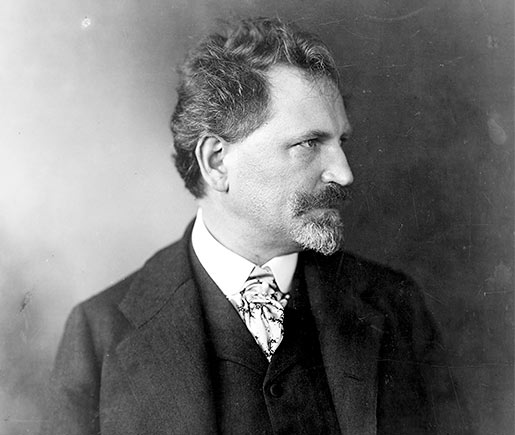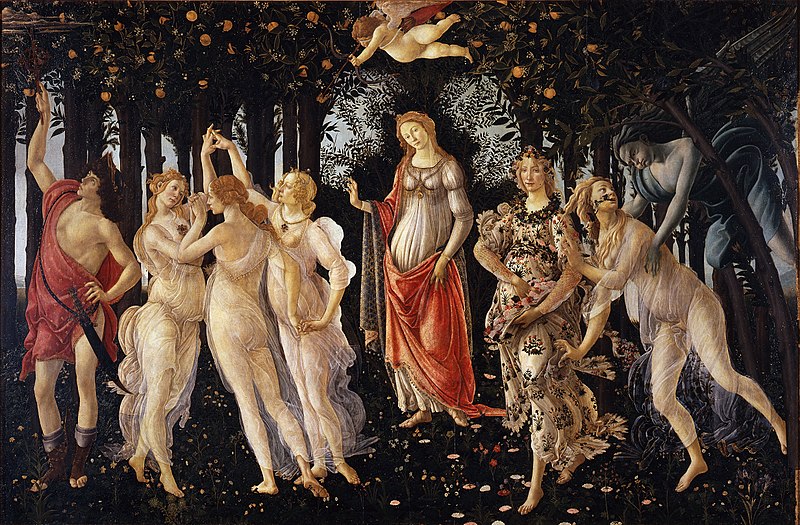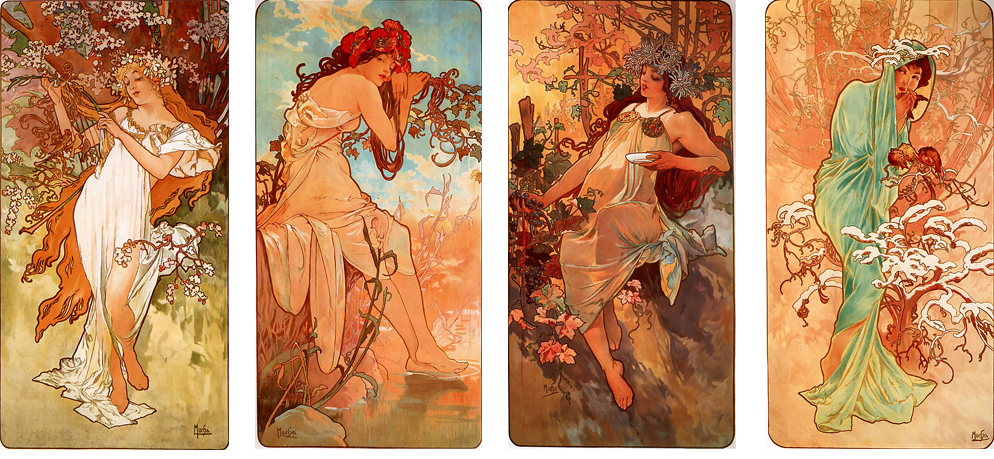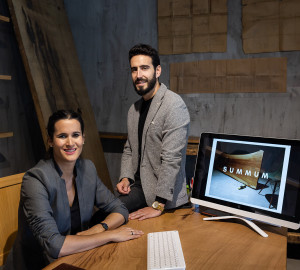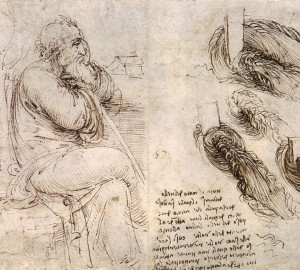From Late Antiquity to the present day, the theme of the seasons has inspired artists in all parts of the world and in all creative fields. In Europe, with the humanist movement (14th and 15th centuries), the seasons began to be represented as an allegory associated with the celebration of human nature and the rediscovery of the classical Greek and Latin masters. The Italian poet Francesco Petrarch (1304-1374), for example, exalts in the Canzoniere the beneficial effects of the awakening of spring in relation to the awakening of love. This idea of rebirth is perfectly captured in one of the masterpieces of Quattrocento painting, the Primavera by Sandro Botticelli (1445-1510).
In later periods, the same theme would continue to inspire great artists such as Giuseppe Arcimboldo(The Seasons, series of four paintings, 1563-1573) and the musician Antonio Vivaldi(The Four Seasons, concertos for violin and orchestra, 1725), among others. At the end of the 19th century, Alphonse Maria Mucha (1860-1939), a great protagonist of Art Nouveau, produced a series of four decorative panels, possibly the most iconic and most important representation of Art Nouveau. The Seasonspossibly the most iconic and fascinating representation of the natural cycle of the year.
This series of colour lithographs (103 x 54 cm each) was one of the artist's greatest artistic and commercial successes. In them Mucha expresses in a sublime manner his personal creative style, which would greatly influence later generations of artists and advertising creatives. What critics came to call the "Mucha style" is characterised by the presence of clearly recognisable motifs, such as elegant curved lines, flowers and other plant elements, slender idealised female figures with long wavy hair, a peculiar elongated vertical format, completely original compositions, pastel colours, enigmatic atmospheres and a certain mystical halo, which refer to the Byzantine iconographic tradition and Slavic folklore.
The panels of The Seasons were executed by Mucha in 1896. The Czech artist was living in Paris and, after joining the Salon des Cent, a group of artists supported by the magazine La Plume, had signed an exclusive collaboration contract with the French printer F. Champenois. The contract guaranteed him a monthly salary and during that year he was able to devote himself to the creation of advertising posters, but also to the production of decorative panneaux ( such as those in The Seasons), which introduced a veritable revolution in the art world.
Mucha's decorative panels were posters like those created for advertisements, but without text, as they were made for purely aesthetic purposes. This new art form responded to Mucha's strong personal and artistic commitment to the dissemination of beauty. By means of these works, which could be acquired for pure delight, at prices that were cheaper and more affordable than the works of art traditionally intended for a few powerful clients from the higher social classes, Mucha aimed to "democratise" artistic values, so that they would penetrate society.
In this regard (in the catalogue of the major exhibition devoted to the artist this year in Madrid) John Mucha, Alphonse's grandson and president of the Mucha Foundation, writes: "Mucha believed in the universal value of art and considered that the artist should inspire people and contribute, through his work, to the progress of society". In the artist's own words: "I prefer to be someone who creates images for people, rather than a creator of art for art's sake.
As we told you in the post Alphonse Mucha, allegory and beauty, the Museum Vivanco has a copy of the panel from this series dedicated to autumn in its collection. The work was on display last year in the temporary exhibition Vivanco, thinking about Wine: 40 years of Collecting.
A season traditionally associated, in the popular imagination, with the grape harvest, falling leaves and warm-coloured landscapes (especially yellow, orange and red), autumn usually symbolises a period of transition and incipient decadence, in which the summer heat is fading and, with the first cold weather, the winter season is approaching, bringing the year's cycle to a close. However, autumn is also a period when new life begins anew. It is a time of sowing and therefore of preparation for future rebirth. It is also the time of wine production, an ancestral food that has always been charged with innumerable symbolic meanings linked to vitality, pleasure, sensuality and beauty.
With its neoclassical elegance, delicate forms and extreme refinement, Mucha's Autumn manages to condense dozens of centuries of popular wisdom and cultural values associated with this season. As if it were a kind of pictorial ode, expressed through the universal language of beauty.






